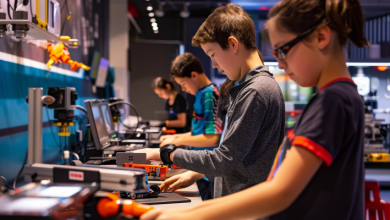Full STEAM ahead for 21st century citizens
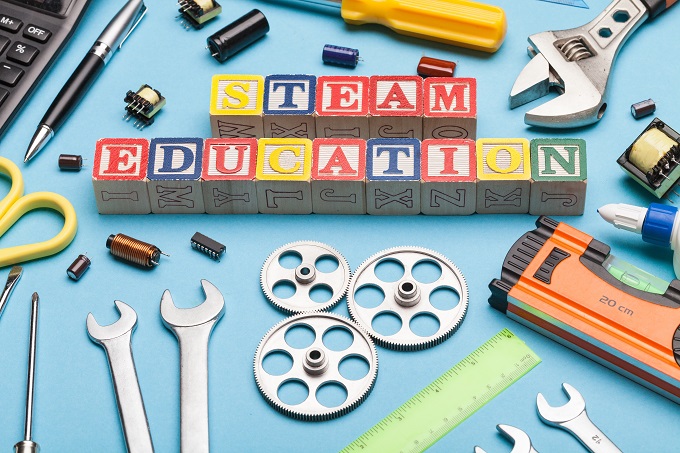
The world is rapidly changing, and it is widely acknowledged that 21st century citizens and workers will increasingly require skills that many school-leavers and graduates don’t currently possess, most especially in maths and science, and in the ability to apply knowledge to solve the ever-evolving demands of modern life.
This article appears in full in the print issue of School News: make sure your school is subscribed!
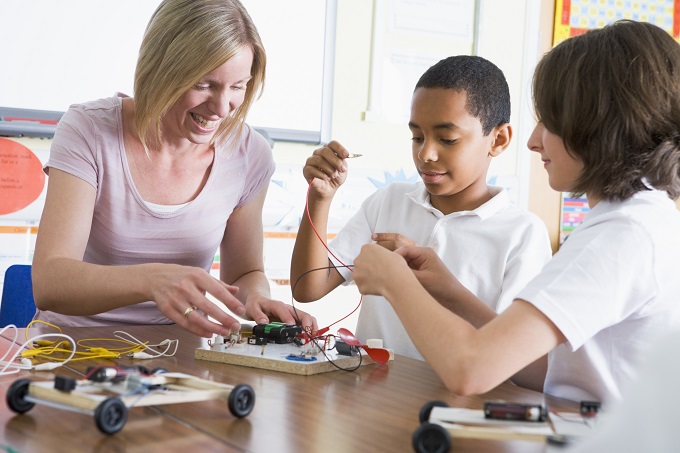
Most teachers will already be familiar with the education system’s response to this challenge: STEM – an integrated approach to the teaching of Science, Technology, Engineering and Mathematics, aimed at developing students’ skills in critical thinking, problem solving, creativity, innovation, communication, collaboration and entrepreneurship.
Yet with the pace of the technological revolution becoming even hotter, STEM has now morphed into STEAM through incorporating the Arts into the established science- and maths-orientated subject areas.
Prompted by a desired to allow greater access to STEM for all types of learners, the inclusion of Arts provides opportunities for educators and students to use Arts principles and practices, such as communication and expression, in their otherwise technically-focused teaching and learning. A key aim here is to produce well-rounded and well-grounded global citizens for the coming century.
Nevertheless, the new STEAM still reflects the existing STEM ethos, particularly in its commitment to providing motivating, engaging and real-world contexts in which students can acquire and apply meaningful mathematical and scientific skills and understanding. Teaching methods continue to be enquiry-based and student-centred, with teamwork and communication a major focus.
The School News has asked four industry experts to provide their perspective on how the various elements of STEAM could or should be used in schools.
Julie Baker, Education Manager from the Museum of Transport and Technology (MOTAT) in Auckland, provides a historical perspective of technology in schools, and emphasises the importance of “keeping it real”
Remember the 1990s, when computers were the new thing in schools? We all got excited about the need for students to learn how to use the new technology, we collected shopping receipts and cashed them in for computing hardware, we housed our shiny hardware in specialised computer rooms and timetabled our students to learn about trackball mice and Excel spreadsheets.
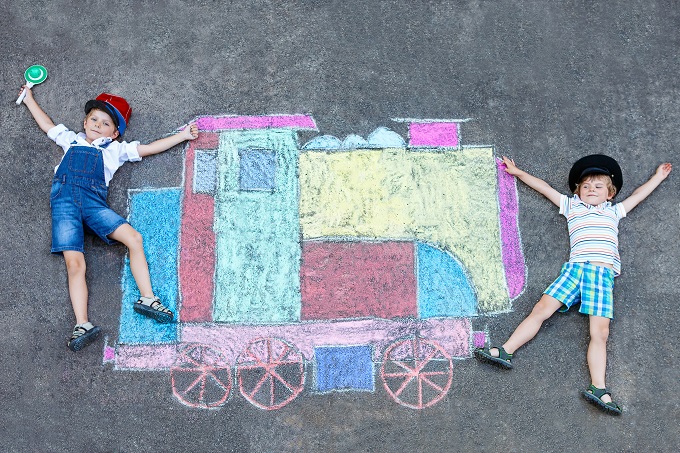
It took us a while to get our heads around the difference between Technology in Education (learning about the computer) and Educational Technology (using the computer for learning), but when we eventually did we took the computer from the pedestal we had created for it, dis-established computer rooms and relegated computers to being just another a tool for learning. We changed the focus from learning about the computer to learning with the computer.
This progression wasn’t a wasted journey for us, the process we went through was necessary for us to gain knowledge of the computer itself while developing an understanding of its potential to revolutionise education and learning. The journey was as important as arriving at the destination.
When I look at what we are currently doing with robotics and coding, I think we are in a similar situation. At this early stage, we’re a bit dazzled by the novelty and the challenge of learning about robotics – for example, what code needs to be written to navigate our shiny robot around the maze, to make it turn at precisely the right point, to turn on the lights and sound effects? We need to spend a bit of time playing with the hardware as this is a necessary part of gaining knowledge and developing our understanding. We’re at the start of our journey, figuring out the nuts and bolts, making our first stuttering attempts at speaking the language, mastering the rules and conventions.
But what’s exciting is the next stage in the journey, when what’s now novel becomes commonplace and the dazzle of the new has dimmed. The exciting questions for this near-future are, what will our students do once they have completed the navigation challenge, learned how to speak ‘code’ and mastered the discipline of computational thinking? What will they achieve when they put their new knowledge to work in authentic, real situations? What is possible when we change the focus from learning about robotics to learning with robotics?
The Mind Lab by Unitec Postgraduate Director Lucie Lindsay assesses the challenges and the potential for educators of the interdisciplinary nature of STEAM
Increasingly, STEAM – Science, Technology, Engineering, Arts and Mathematics – are identified as essential future-focused knowledge and skills. Educators are challenged to integrate STEAM in interdisciplinary approaches with problem-solving, creativity, analytical and critical-thinking, and innovation. At the same time, schools are challenged to integrate meaningful, interdisciplinary STEAM learning challenges via makerspaces, robotics and code club initiatives.
With this in mind, a key consideration for teachers is what new pedagogical approaches, innovative uses of technologies and upskilling is needed to design interdisciplinary STEAM challenges.
In addition to being aware of the current and predicted skill shortages, teachers have a key role to play promoting STEAM opportunities – and for making them accessible to diverse societal groups, and for all students, irrespective of gender or socioeconomic status.
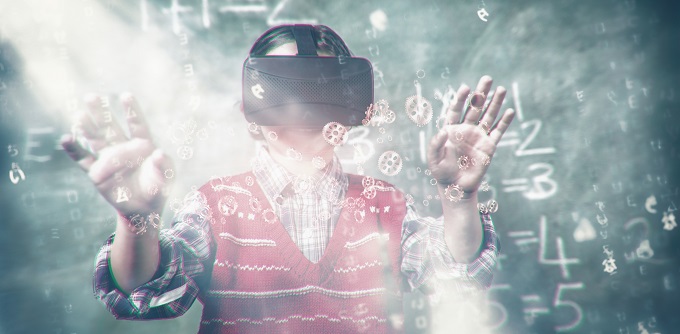
As STEAM learning is increasingly incorporated in education, future STEAM teaching and learning will benefit from innovative approaches that use immersive environments, gamification and simulations.
Derek Weir, Business Manager (Science) at Delta Educational, discusses how teachers are addressing the ever-increasing demands of technology, and how newly developed app-based resources are an exciting innovation
In a world that is rapidly moving toward more advanced technology, New Zealand teachers are in need of equipment and applications that engage students in a fun and interactive way. From our experience as a supplier, these teachers include: those who find that technology is advancing past their training, those who are adept at using technology, those who are ‘keeping up’, and those who are challenged by technology but who are keen to get stuck in.
This is why we are very excited about new STEAM products, along with the free apps, that provide teachers with:
- fun and interactive ways to bring coding to life
- curriculum-aligned lesson plans and projects
- an intuitive visual, flow-based coding app tailored for any classroom or ability level
- easy-to-install, wireless Bluetooth products
- Mac, iOS, Android and Windows compatible
- website support & video call training
- versatile technology that can be used across a variety of subjects
Products aligned with international education standards will ensure New Zealand teachers’ projects and lesson plans can be used across the curriculum to benefit all teachers and students. Providing the tools and support to make the most of the lessons will make learning interactive and engaging. Fun for students and fun for teachers – win-win!
While Mathematics may be the last subject in the STEAM acronym, Margi Leech from Numicon explains why maths is actually first among equals in the STEAM approach to teaching and learning
Maths is the language of everything around us.
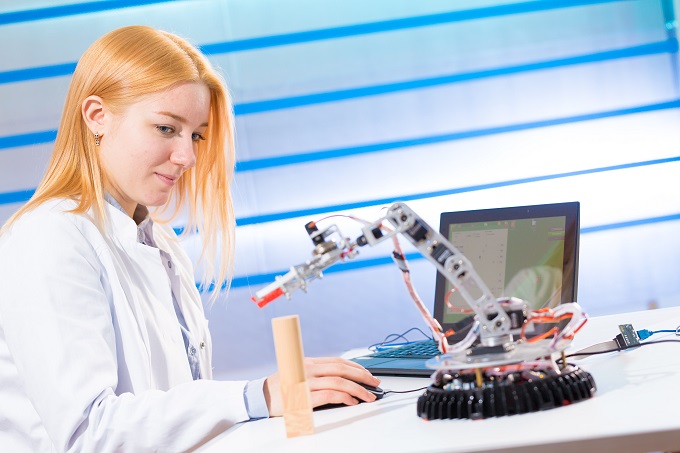
According to the New Zealand Curriculum, mathematics explores and uses patterns and relationships in quantities, space, and time, while statistics does the same with data. Both mathematicians and statisticians use symbols, graphs, and diagrams to find and communicate patterns and relationships, and to create models to represent both real-life and hypothetical situations from a range of social, cultural, scientific, technological, health, environmental, and economic contexts.
This says it all: without maths knowledge and skills, a person is limited in meaningful exploration of the sciences. Universities are on the lookout for students interested in their world, not just in their given subject but particularly in related subjects – the sciences, technology and most of all maths.
Sadly, thousands of students believe they are hopeless at maths, but really their strengths may be in a different style of learning rather than the over-emphasised approach of mental processing and using a wide variety of strategies to solve problems. We also know that students benefit greatly with music and art in their lives, which enhances their appreciation and the context of the arts in the sciences fields.
Teachers should make sure that the resources they use reflect the curriculum, especially the full statement in the NZ Curriculum paraphrased above. Most especially, teaching and assessment should not be limited to the mental ability of all students. To expect all children to work out maths computations out in their heads is creating a barrier for those students who are often ‘big picture thinkers’ and who love the sciences – students with dyscalculia and dyslexia fall into this category.
Thousands of students are going into high school with very low maths achievement, and this is beginning to have a major impact at technology centres and education at university where the lecturers are having to teach primary and early maths to increasing numbers of students.
More schools are opting out of the Numeracy Project as the ‘be all and end all’ of maths education. The results with other programmes, especially those based on using structured manipulatives and a spiral approach, are very exciting, with students making progress to match other successful countries.




